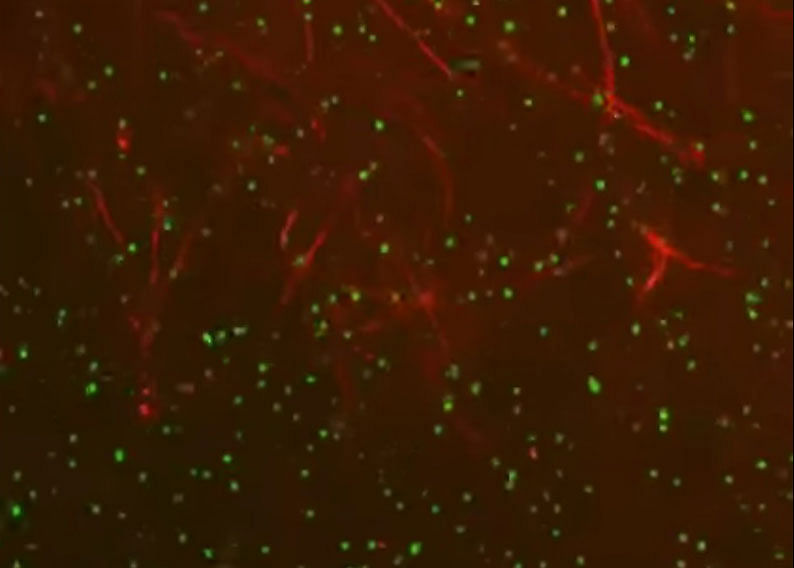
Harvard scientists, including one of Indian origin, have created a new form of matter - dubbed a time crystal - which could offer important insights into the mysterious behaviour of quantum systems.
Crystals - like salt, sugar or even diamonds - are simply periodic arrangements of atoms in a three-dimensional lattice.
Time crystals, on the other hand, take that notion of periodically-arranged atoms and add a fourth dimension, suggesting that - under certain conditions - some materials can exhibit periodic structure across time.
Led by Professors Mikhail Lukin and Eugene Demler, researchers at Harvard University in the US built a quantum system using a small piece of diamond embedded with millions of atomic-scale impurities known as nitrogen-vacancy (NV) centre's.
They then used microwave pulses to "kick" the system out of equilibrium, causing the NV centre's spins to flip at precisely-timed intervals - one of the key markers of a time crystal, said researchers, including Junior Fellow Vedika Khemani.
However, the creation of a time crystal is not significant merely because it proves the previously only- theoretical materials can exist, Lukin said, but because they offer physicists a tantalising window into the behaviour of such out-of-equilibrium systems.
While understanding such non-equilibrium systems could help lead researchers down the path to quantum computing, the technology behind time crystals may also have more near-term applications as well.
"One specific area where we think this might be useful, and this was one of our original motivations for this work, is in precision measurement," Lukin said. It turns out, if you are trying to build, for example, a magnetic field sensor, you can use NV-centre spins," he said. The research was published in the journal Nature.